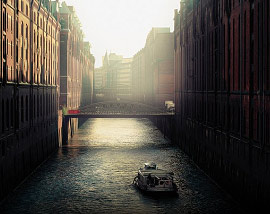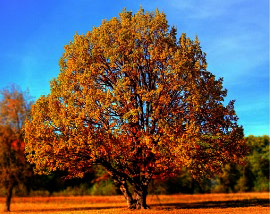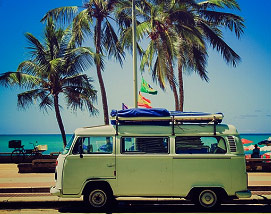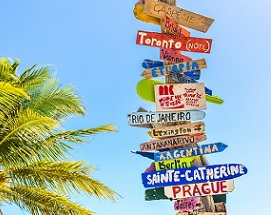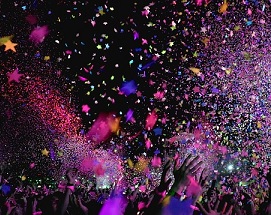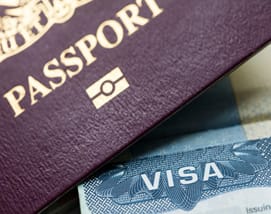Vietnam is a popular tourist destination for its numerous beaches, its beautiful architecture, Buddhist pagodas and various other historical relics. Each city in Vietnam has its own special attraction and draws people from all over the world. Vietnam tourism has certainly helped the economy flourish in recent times and with improved infrastructure, people now feel at ease about travelling here.
From its ancient architecture to relatively modern work such as the 19th century Citadel in Hue, Vietnam has much to offer the curious visitor on a Vietnam tour. Hanoi has the marble mausoleum in honour of Ho Chi Minh while there are also Vietnamese War museums and the mystifying Cu Chi tunnels that Viet Cong soldiers used. The many beach resorts in Phu Quoc, Ha Long Bay and Cat Ba Island make it perfect for a relaxing holiday if you are so inclined.
Geography of Vietnam
Vietnam is divided into highlands in the North with the Red River Delta, central lowlands and Mekong Delta in the south. The terrain is composed of hills, tropical lowlands and highlands that are densely forested.
Climate of Vietnam
Vietnam’s climate is heavily influenced by its proximity to the South China Sea and yet it has 7 different climatic regions. Winters tend to be cold with temperatures dropping to 4 to 5 degrees centigrade and it is more a feature of the north than the south. While spring and autumn are more transitional seasons, summers can be hot and dry in certain areas.
Culture of Vietnam
Vietnamese culture is strongly influenced by Chinese elements, Buddhism and Taoism. Buddhism is the national religion and there are strong traditional elements that are followed in clothing. For instance, there’s a formal Vietnamese dress called ao dai which school girls are required to wear.
There are various other traditional outfits for men and women based on the functions they perform. Popular cultural destinations such as Hue, caves of Ha Long Bay and Marble Mountains are some of the key Vietnam tourism spots. Vietnam is also famed for its cuisine, its use of fresh ingredients and herbs and vegetables which make it one of the healthiest cuisines in the world.
Vietnam Tourism
A Vietnam tour is exciting and fun with a host of activities to do and places to see. While the cities are bustling and filled with urban comforts, there are several off the beaten track options to explore Vietnam as well. There’s a charming balance of old and new here, and five-star hotels and street markets abound. Buddhist shrines and charming shops complete the picture of this city where visitors come to relax and enjoy the many sights.
Hanoi, the capital of Vietnam is the home of numerous colonial buildings and museums and it’s a perfect place to explore on foot. Hanoi is known for its charming streets, the markets, vibrant nightlife, Hanoi’s countryside is also a great example of Vietnam tourism with its beautiful parks and green mountains and its proximity to Ha Long Bay.
The iconic Ho Chi Minh city, erstwhile Saigon, is famed for numerous reasons and has to be included in any Vietnam tour. While originally belonging to the Khmers, the Vietnamese took it over in the 17th century. The city underwent a lot of upheaval during the Vietnam war but since then, it has emerged stronger and better. Ho Chi Minh city is a popular element of Vietnam tourism for its French architecture, the balance between the skyscrapers and the temples that co-exist side by side.
Between Hanoi and Ho Chi Minh city is Da Nang, and people come here for its proximity to beaches like My Khe Beach, Hoi An and My Son. Some of the beaches are really well-developed and are popular for water sports, which means they tend to get crowded. Da Nang’s coastline is famous for its calm waters and people often come here for fishing and water-skiing.
Meanwhile Hoi An is the place you want to go if you want to experience old school charm and an idea of Vietnam that goes centuries back. The trading port dating from the 15th century reflects a unique heritage style in its buildings and streets. What’s worrisome is that there is no airport or railway station either. The nearest train station is in Da Nang and you can hire a taxi from there. There are many things to see here, such as the Japanese covered bridge, the Cua Dai beach or the brilliantly decorated Fujian Assembly Hall which has the Jingshang Golden Mountain temple.
Other places to visit include the gorgeous Halong Bay, which has 1600 limestone islands, or Nha Trang which is also often referred to as the Riviera of the South China Sea with its beautiful coastline, sandy beaches and crystal-clear waters. Nha Trang also has Buddhist temples and Catholic churches as well as hot springs, salt fields and waterfalls.


